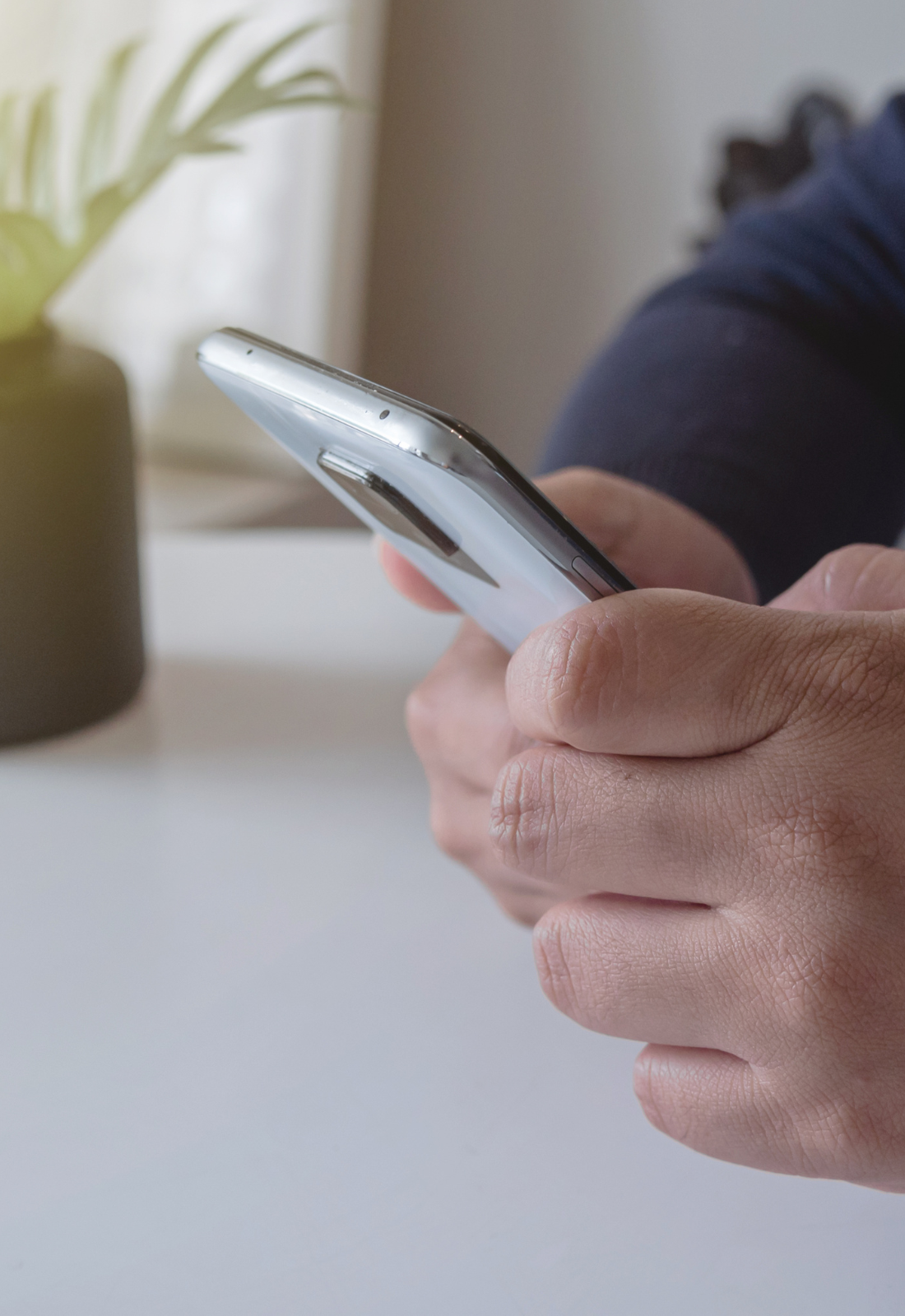Wire Fraud is more common than you might think.
Fraudulent wire transfers happen when scammers use deceptive tactics to manipulate individuals or organizations into sending money to accounts controlled by criminals. They use impersonation, fake websites, and deceptive invoices, with an element of pressure, to con unsuspecting individuals out of their hard-earned money.
Wire Transfer Scams work because they are immediate. Once the funds are transferred, they land immediately in the scammer’s account. Identifying the recipient of a wire transfer or tracking them down after the funds are transferred can be challenging. As wire transfer fraud continues to evolve, the most common wire fraud attempts come from fake websites and invoices.
Here’s how you can protect yourself from fraudulent wire transfers:
RED FLAGS FOR FAKE WEBSITES
🚩Suspicious URL
- Misspellings or extra characters (e.g., amaz0n.com, paypal-login-security.info)
- Unusual domain extensions (e.g., .xyz, .top, .info) for well-known brands
- HTTP instead of HTTPS (lack of encryption)
- Subdomains that mimic real brands: paypal.login.update123.com
🚩Poor Design and Functionality
- Low-quality logos or distorted images
- Bad grammar, spelling errors, or awkward phrasing
- Broken links or buttons that don’t work
- Pop-ups that urge urgent action
🚩Urgent or Threatening Language
- “Your account will be locked in 24 hours”
- “Act now to claim your prize”
- Overuse of words like “urgent”, “immediate”, “warning”
🚩Too Good to Be True Offers
- Unrealistically low prices or free products (e.g., “$1 iPhone”)
- Fake testimonials or reviews that are vague or overly positive
🚩Requests for Personal or Financial Information
- Asking for: Social Security number, credit card details, or login credentials
- Forms that look generic or unrelated to the site’s purpose
🚩No Contact Information or About Page
- No verifiable address, phone number, or email
- Contact forms that don’t function or reply
🚩Unsecure or Fake Payment Pages
- Payment pages not hosted on trusted platforms (e.g., PayPal, Stripe)
- Strange payment methods only (e.g., crypto, gift cards, bank transfers)
🚩No Online Presence or Negative Reviews
- Search the site name plus “scam” or “review”
- No social media links or fake-looking profiles
RED FLAGS FOR FAKE INVOICES
🚩Unknown or Unexpected Sender
- You don’t recognize the company or supplier
- The sender claims to be a vendor, but you have no record of doing business with them
- The email address is slightly off (e.g., @micros0ft.com instead of @microsoft.com)
🚩Urgent or Threatening Language
- Phrases like: “Payment overdue – urgent action required” or “Your account will be suspended”
- Pressure to act fast without time to verify
🚩Incorrect or Generic Details
- No specific contact name or just “Dear Customer”
- Wrong company name, address, or billing details
- Invoice number looks odd, reused, or out of sequence
- Currency, pricing, or tax info inconsistent with what you expect
🚩Strange Attachments or Links
- Attachments labeled vaguely (e.g., invoice.pdf, doc123.zip)
- Files are in strange formats like .exe, .js, .bat, .scr
- Links don’t match the displayed text (hover to check)
🚩Payment to Unusual Accounts
- New or foreign bank account suddenly used
- Requests for wire transfers, cryptocurrency, or gift cards
- The beneficiary is an individual rather than a company
🚩Poor Formatting and Grammar
- Misspelled words, broken English, or formatting that doesn’t match your usual vendors
- Invoices that look unprofessional or inconsistent with previous ones
🚩No Purchase Order (PO) or Reference
- No matching PO or agreement in your system
- No product or service details you actually ordered
- Missing or fake business registration or tax numbers
🚩Email Reply Requests
- Requesting confirmation of sensitive info like bank account details, employee information, internal financial data
RED FLAGS FOR WIRE FRAUD
🚩Change in Payment Instructions
- Sudden or unexpected change to bank account details
- New account is in a different country, or under a different name than usual
- You’re told: “Use this account just this time” or “We’re having issues with our old bank”
🚩Urgency or Pressure
- Phrases like: “This must be paid today, or the deal will fall through” or “I’m in a meeting and can’t talk—just wire the money now”
- Rush tactics are used to bypass normal verification procedures
🚩Slight Changes in Email Address or Domain
- The request comes from an email that looks almost correct: john.doe@paypa1.com or @vendorpayments.co
- Common in Business Email Compromise scams where the attacker impersonates executives or vendors
🚩Unusual Bank Details
- Bank is in a country unrelated to the vendor’s location
- Payment requested in an unusual currency (e.g., USD when you normally pay in EUR)
- Beneficiary name doesn’t match vendor name or is an individual
🚩Vague or Incorrect Invoice Details
- The invoice: doesn’t match any recent purchase orders, has incorrect dates, services, or amounts, or is missing a legitimate contact person
🚩Secrecy or Bypassing Normal Procedures
- “Don’t tell anyone”
- “Let’s keep this confidential for now”
- The sender tries to bypass the usual finance team or approval chain
🚩Lack of Contact Information or Refusal to Confirm
- The sender won’t get on a call
- No working phone number or suspicious phone numbers provided
🚩You’re Asked to Split or Redirect Payments
- Requests to split a payment across multiple accounts or entities
- “Please send 50% here and the rest to another account”
HOW TO PROTECT YOURSELF
It might seem daunting to put a few checks in place in order to protect yourself from wire fraud scams. But in reality, taking five minutes to safeguard your identity and money will save you years of trying to recoup the money lost.
Before making a wire transfer for an item you have found online, be sure to check the website domain using Whois Lookup. This website allows you to check the website address you are going to purchase by tracing the ownership and tenure of the domain. In addition, you can enable Google Safe Browsing on your devices. Google Safe Browsing alerts users to when they are about to enter a dangerous website.
When receiving an unexpected invoice, call the vendor using a known phone number, not the one on the invoice, to confirm they sent it. Make sure to flag any changes in payment instructions and confirm those details with the known contact as well as bank account changes. By establishing a no-rush policy for wire requests, it will allow you to stop and think before sending money.
And if you are still unsure, NexTier Bank’s Fraud Department can always help you determine if it’s a scam.



